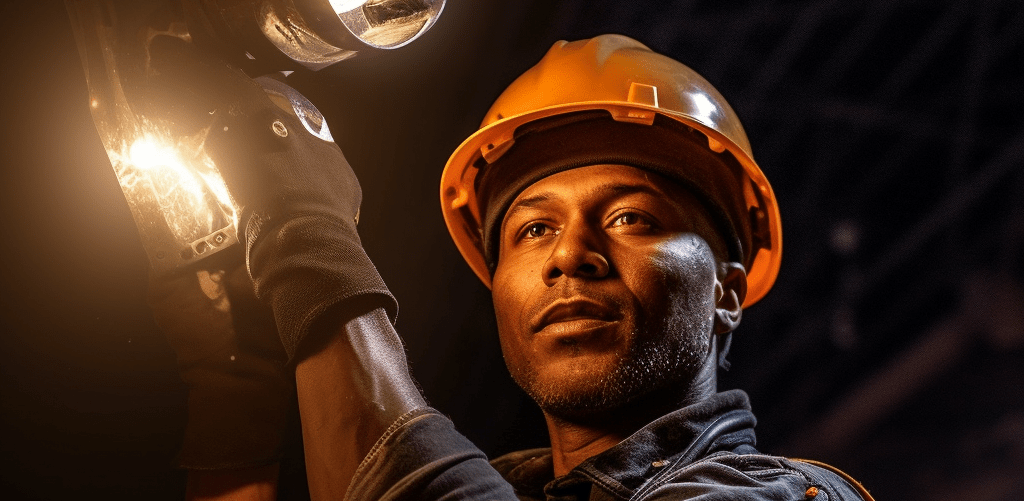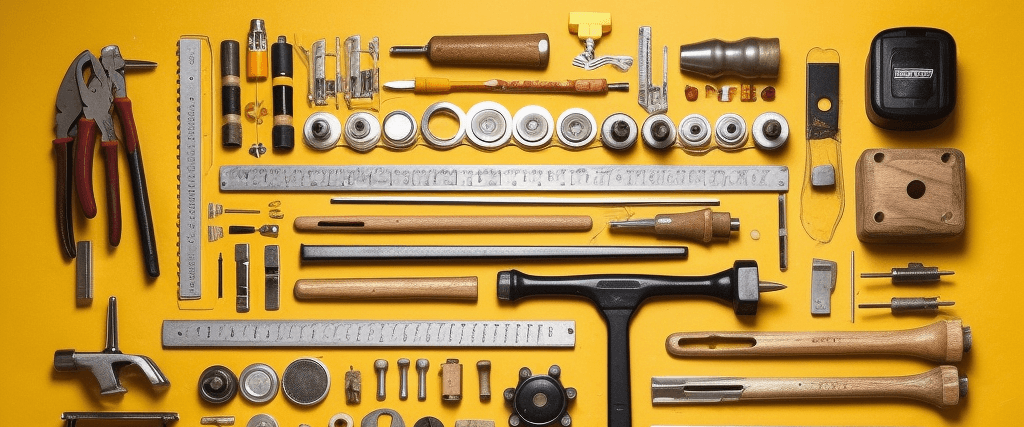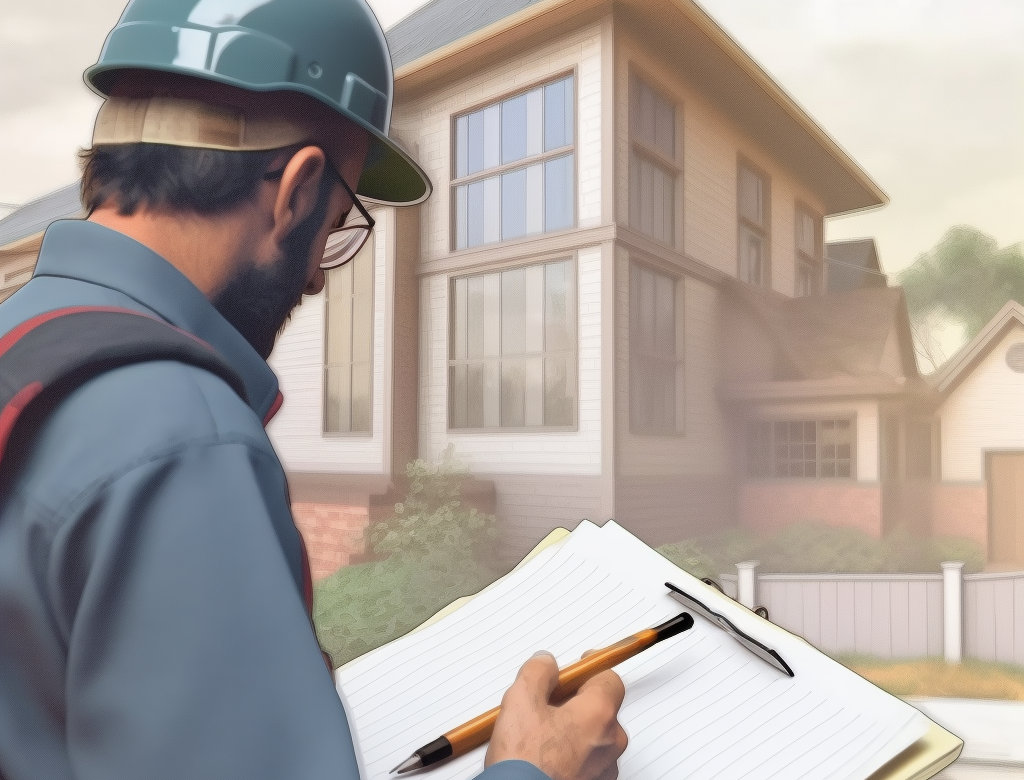Before we kick off, let’s ground ourselves in a universal truth: Construction sites are inherently risky. There’s no sugarcoating it. Yet, it’s also true that with the right measures in place, we can mitigate a significant amount of that risk. Today, we’re diving into the top 10 safety measures every construction site must-have. Buckle up!
1. Mandatory Safety Training
While it may sound like a no-brainer, comprehensive safety training is the bedrock of a secure construction site. Let’s dive into why it’s so important:
- Thorough Induction: Every employee, be they a seasoned pro or a novice, should undergo a complete safety induction before setting foot on the site.
- Regular Refreshers: Safety is not a one-time lesson but a continuous process. Regular refresher courses are key to keeping safety top of mind.
See our Tweet! This is not a one time thing.
According to OSHA, effective safety training can lead to a 60% reduction in workplace injuries.
2. Personal Protective Equipment (PPE)
Next up on our safety tour is the critical role of Personal Protective Equipment (PPE). It’s like the superhero costume for construction workers! PPE includes, but is not limited to:
- Hard hats
- Safety glasses
- High-visibility vests
- Steel-toed boots
- Respirators
- Ear protection
An impressive 84% of workers suffering from hand injuries were not wearing gloves. So, never underestimate the power of PPE.
3. Regular Site Inspections
Routine inspections are the unsung heroes of safety. These inspections serve to identify potential risks and enable immediate action to rectify them. Elements to focus on during these inspections include:
- Equipment: Inspect tools and machinery for any malfunctions or wear and tear.
- Structures: Check scaffolding, ladders, and other structures for stability.
- PPE: Ensure all safety gear is available and in good condition.
- Hazardous materials: Ensure proper storage and disposal.
Conducting these regular check-ups helps to maintain a pulse on the safety state of your site. It’s important to remember that, according to the National Safety Council, regular site inspections can reduce injury rates by 25%.
4. Clear Signage and Barricades
Signage and barricades serve as the silent communicators on a construction site. They direct traffic, signal hazards, and demarcate no-go zones, playing a critical role in avoiding accidents. These can include:
- Warning signs: for potential hazards.
- Prohibition signs: to limit access to certain areas.
- Mandatory signs: signaling the need for PPE.
- Emergency information signs: indicating first-aid and emergency evacuation points.
They are like the street signs of a construction site, directing the flow and keeping everyone safe.
5. Proper Lighting

When we talk about lighting, we’re not just talking about night work. Proper lighting also matters during the daytime, in enclosed spaces, or when the weather is overcast. Proper lighting increases visibility, which is key in preventing accidents. It’s crucial in areas like:
- Working walkways and workstations
- Entrances and exits
- Stairways, ramps, and escalators
- Areas where machinery is operated
Remember, you can’t avoid what you can’t see, so keep those areas well-lit!
6. Safe Equipment Operation
In the realm of construction, heavy machinery and equipment are the norm. But with great power comes great responsibility. Here are key points to ensure safe equipment operation:
- Operator Training: Only those who have undergone proper training should operate machinery.
- Maintenance: Regular servicing keeps equipment running safely and smoothly.
- Safety Features: Make use of lockout-tagout systems and other safety features to prevent accidents.
According to OSHA, accidents related to machinery operation account for a significant number of construction fatalities. (Source: OSHA)
7. Emergency Preparedness Plan
While we always hope for the best, it’s vital to prepare for the worst. An Emergency Preparedness Plan should cover:
- Emergency contacts: Keep a readily accessible list of important contact numbers.
- Evacuation plan: Map out the quickest, safest routes to exit the site.
- First aid: Have fully stocked first-aid kits and trained personnel on hand.
- Regular drills: Familiarize everyone with the plan by conducting regular emergency drills.
Remember, in a crisis, seconds count. Your emergency preparedness plan can save lives.
8. Alcohol and Drug-Free Policy
Substance abuse doesn’t mix with safety. A stringent alcohol and drug-free policy can create a safer, more productive work environment. Here’s how:
- Clear Guidelines: Define what constitutes unacceptable behavior.
- Testing: Implement regular and random drug testing.
- Support Programs: Provide access to counseling and support for those struggling with substance abuse.
Remember, this isn’t just about preventing accidents. It’s about supporting the health and wellbeing of your workforce.
9. Housekeeping and Organization

A cluttered site is a hazardous site. Good housekeeping
practices prevent slips, trips, and falls. Here’s what good housekeeping looks like:
- Waste management: Regularly dispose of debris and litter.
- Storage: Have designated areas for tools, equipment, and materials.
- Spill Control: Clean spills immediately to prevent slips.
Maintaining a clean and organized site not only promotes safety but also increases productivity.
10. Mental Health Support
Construction is not just a physically demanding job but a mentally taxing one as well. Providing mental health support contributes to a safer, healthier, and more productive workforce. Here’s how:
- Stress Management: Provide resources to manage stress and prevent burnout.
- Counseling: Make available professional counseling services.
- Work-life Balance: Encourage regular breaks and time off.
Remember, a healthy mind leads to safer decisions on site. So, let’s break the stigma and talk about mental health.
Here’s an intriguing fact from the CDC: In construction, workers are at a higher risk of suicide than many other occupations. (Source: CDC) That’s why it’s so critical to ensure that mental health support is part of your safety measures.
Stay tuned for our upcoming video diving deeper into these safety measures!







